Hamlen, John Kenneth
Killed in Flying Accident 1963-12-30
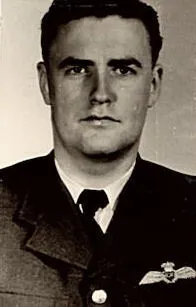

Birth Date: 1934-September-18
Born: Toronto, Toronto Municipality, Ontario, Canada
Son of Edmund and Lillian Hamlen
Home: Toronto, Ontario
Enlistment: London, Ontario
Enlistment Date: 1954-08-13
Service
RCAF
Unit
137 (T) Sqn- Squadron
Base
RAF Langar
Rank
Flight Lieutenant
Position
Flight Lieutenant
Service Numbers
233004
Home
 Toronto, Ontario
Toronto, Ontario
Freighter (Bristol) Mk. 31C 9697
Transport 1963-December-30 to 1963-December-30
137 (T) Sqn (RCAF) London Gatwick Airport
137 Transport Flight Bristol 170 Freighter aircraft 9697 on a flight from London Gatwick airport to RCAF Station Marville, France crashed on approach to land at Marville
There were five Royal Canadian Air Force servicemen killed in this aircraft accident:Sergeant Peter Antoon George BACH,Flight Lieutenant Verner Isadore CLOUTIER,Flight Lieutenant John Kenneth HAMLEN,Flight Lieutenant Britton Lyle JOHNSTON andFlight Lieutenant Edward John WALSHE.There were also two civilian dependents killed in this aircraft accident. They were the wife and son of Sergeant PAG BACH, Hazel Mary BACH and 6 year old Donald George BACH
 Canadian Warplanes 5: Bristol 170 Freighter
Canadian Warplanes 5: Bristol 170 Freighter
 Marville, France - Bristol Freighter Retirement 1966 - Annex "E" to...
Marville, France - Bristol Freighter Retirement 1966 - Annex "E" to...
 Aerial Visuals - Airframe Dossier - Bristol Freighter 31M, s/n 9697, c/n ...
Aerial Visuals - Airframe Dossier - Bristol Freighter 31M, s/n 9697, c/n ...
 1963 - Bristol 170 Freighter - Assorted sources
1963 - Bristol 170 Freighter - Assorted sources
 Bristol 170 Freighter I Bureau of Aircraft Accidents Archives
Bristol 170 Freighter I Bureau of Aircraft Accidents Archives
 Crash of a Bristol 170 Freighter 31M in Marville AFB: 8 killed I Bureau of...
Crash of a Bristol 170 Freighter 31M in Marville AFB: 8 killed I Bureau of...
 Bristol 170 Freighter MK.31M, 9697 / 12830, Royal Canadian Air Force : ...
Bristol 170 Freighter MK.31M, 9697 / 12830, Royal Canadian Air Force : ...
Freighter (Bristol) 9697
Bristol Freighter
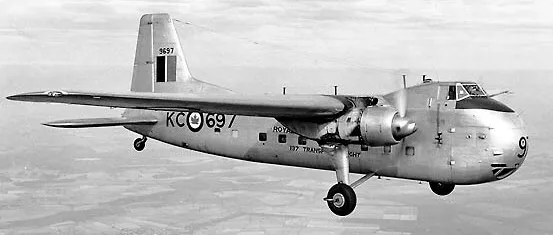
Bristol 170 Freighter Mk. 31C, RCAF (Serial No. 9697), coded KC.
The Bristol Type 170 Freighter was a British twin-engine aircraft designed and built by the Bristol Aeroplane Company as both a freighter and an airliner. Its best known use was as an air ferry to carry cars and their passengers over relatively short distances. A passenger-only version was also produced, known as the Wayfarer. The Freighter was developed during the Second World War, having attracted official attention from the British Air Ministry, which sought the development of a rugged vehicle capable of carrying various cargoes, including a 3-ton truck. Various changes to the design were made to accommodate their requirements, but being completed too late to participate in the conflict, the majority of sales of the Freighter were to commercial operators.
The Royal Canadian Air Force used five Freighters to carry spares and supplies between the United Kingdom and their bases in France and West Germany.Harold Skaarup web page
 Canadian Virtual War Memorial
Canadian Virtual War Memorial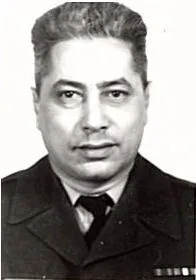
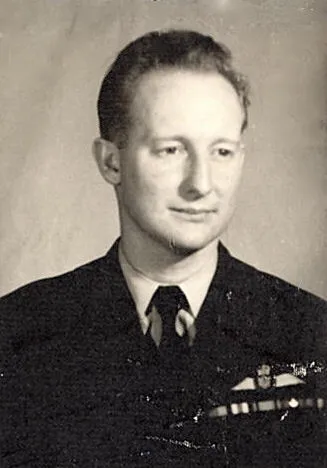
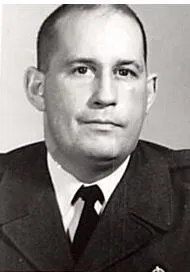
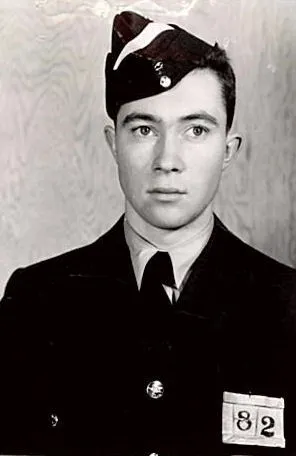
 Freighter
Freighter Wikipedia Freighter
Wikipedia Freighter Bristol Freighter - Kestrel Publications
Bristol Freighter - Kestrel Publications